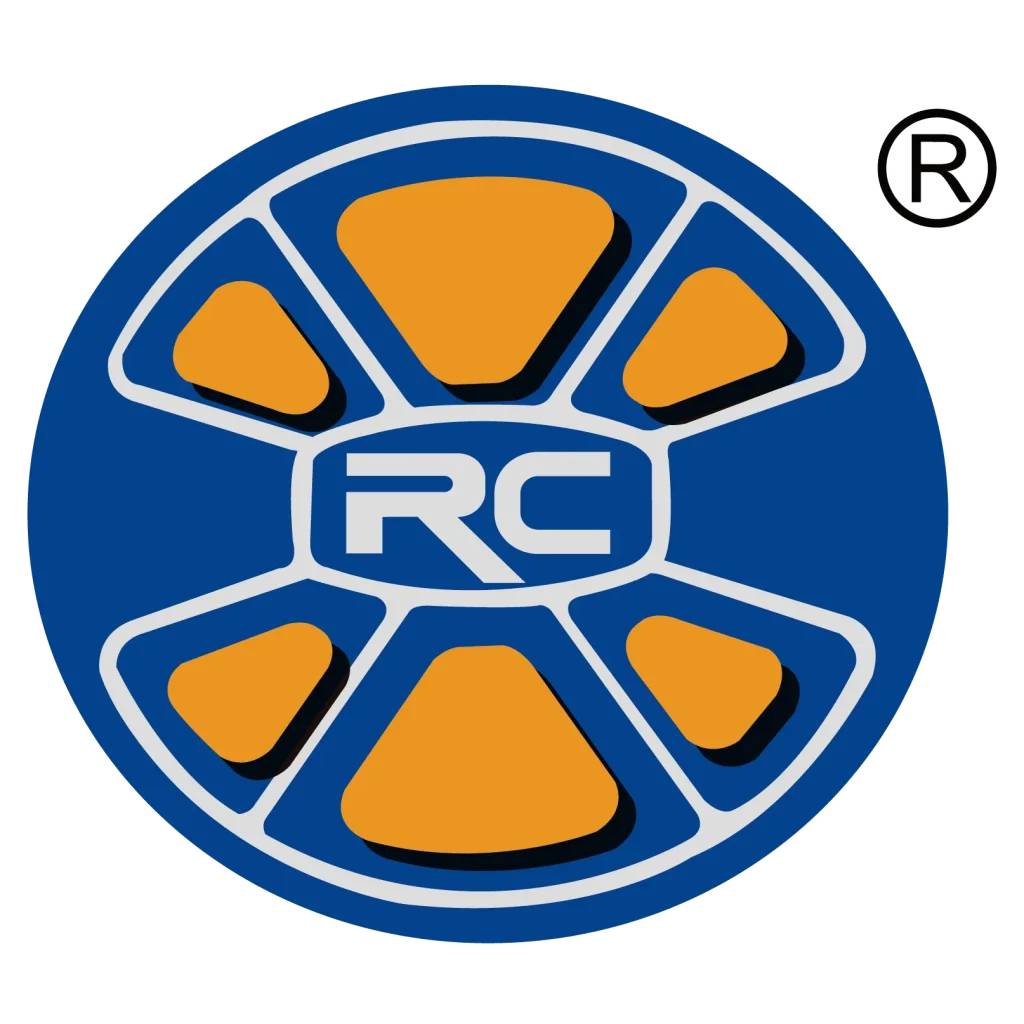1.Pre-Operation Preparation
1.1.Personal Protective Equipment (PPE)
Operators MUST wear the following:
Workwear (close-fitting)
Safety Helmet
Safety Glasses
Operators MUST NOT wear the following:
Gloves (to avoid risk of entanglement)
Sandals or open-toe footwear
Clothing with loose cuffs or ties
1.2.Equipment Check:
Verify all lubrication points are filled and lubricate as per the lubrication chart.
Confirm the die is correctly and securely installed, with no foreign objects in the cavity.
Ensure all safety devices (e.g., clutch, brake, light curtains, two-hand control devices) are functional and reliable.
Inspect moving areas (flywheel, transmission) for any obstructions.
Check that the power supply voltage is stable and the grounding wire is secure.
Trial Run: Run the press idle for 2-3 minutes. Check for abnormal noise, vibration, or unintended repeated strokes. Only begin work after confirming normal operation.
2.Operation Specifications
2.1.Concentration:Stay focused. Do not talk, use mobile phones, or engage in any activity unrelated to the task.
Always stand in a safe position and maintain awareness of the operation.
2.2.Proper Loading/Unloading:
Always use designated tools (e.g., tweezers, magnetic lifters, pneumatic grippers) for loading, positioning, and unloading parts.
NEVER place hands or any part of the body within the die space or point of operation.
2.3.Correct Operation:
Use the two-hand controls simultaneously to initiate a stroke, ensuring hands are clear of the danger zone.
Stamp one workpiece at a time. Stacking materials for a single stroke is strictly prohibited.
If a workpiece jams in the die, STOP THE MACHINE and use appropriate tools (e.g., a copper rod or pry bar) for removal.
2.4.If any abnormality occurs (e.g., unusual noise, odor, unintended continuous stroking, or nonconforming parts), IMMEDIATELY PRESS THE EMERGENCY STOP BUTTON.
Report the issue to the supervisor or maintenance personnel immediately.
Operating faulty equipment is strictly forbidden.
3.Post-Operation Maintenance
Shutdown: After completing work, lower the ram to Bottom Dead Center (BDC) and then disconnect the main power supply.
Cleaning: Remove all scrap and oil spills from the die, work table, and surrounding area. Keep the workplace clean and orderly.
Handover: Complete the Equipment Daily Check Sheet, recording the equipment status and any issues. Conduct a proper handover to the next shift operator..
4.Safety Warnings
DO NOT operate the machine if any safety device is faulty or bypassed.
ONLY trained and authorized personnel are permitted to operate this punch press.
NEVER remove, bypass, or disable any safety guards or interlocks.
Die installation, adjustment, and maintenance must only be performed by authorized personnel with the machine COMPLETELY STOPPED and ENERGY ISOLATED.
